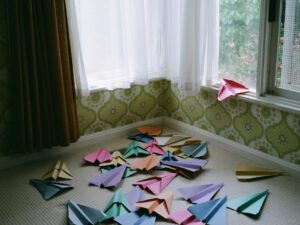German artist Natalie Truchsess has an extensive background in analogue documentary, landscape and portrait photography. In her current work she uses abstract photographs to explore the depiction of the subliminal, the unspeakable and the ephemeral.
A: In Issue 105 of Aesthetica, we feature a piece from the Metamorphose series. What is the process behind the work?
NT: It is a new approach to documentary photography that visualises hidden parts of reality. This might sound strange at first, because my abstract photos don’t have much to do with the kind of documentary photography that some people may be familiar with.
I follow the same approach as in conventional documentary photography: I encounter a certain situation and then I photograph it without changing it. The crucial difference is the technique I use to capture the moment. I call it RCM (Remodel by Camera Movement) because I move the camera so fast during the shot that the contours of the photographed motifs dissolve, creating new images.
In the photo What Remains, for example, I photographed a broken Monobloc plastic chair at a dismantled beach shack. I didn’t feel the need to capture the colourful chair or the structure of the wall, but rather I had another impulse: the situation with the abandoned chair was trying to tell me something. I didn’t understand at that moment what that was. Only that I didn’t want to photograph it “normally”, but with my RCM technique.
Later, when I was looking at the various shots, one photo stood out to me. It raised questions: at what point is a chair no longer a chair? When it ceases to be functional? With the decay of its material? When does the “idea of a chair” and the “material design” separate? What remains of the chair once it has decayed? And, what will remain of us?
By detaching the chair from its material reality with the RCM photographic process, I was able to tell its story in a new way. I also call this kind of photography lyrical abstraction, because the process of creation reminds me of the way abstract expressionist painters worked, who also intuitively and quickly moved their tools (them with a brush, me with my camera). This process is no longer about depicting material reality, but about depicting moods inherent in a situation.

A: You have mentioned that you are “fascinated by transforming material realities into abstract images” – why?
NT: I am fascinated by how the invisible aspects of life find their way into the visible world of my photos through this technical process. My pictures often surprise me, because they are not created in a conscious process in which I say “I’m going to photograph this or that mood”. I don’t plan the situation –it comes to me.
This also distinguishes my photography from concept photography, where I would determine beforehand what I would like to photograph in order to convey a certain message to the viewer. My photos are more of a communication with an invisible world. It’s a world of subliminal feelings, of moods that are in the air or of intriguing ambivalences.
You probably know the effect of walking into a room and feeling that something is not right. Everything looks normal, but your gut feeling tells you something else. That’s how I would describe the impulse that inspires me to take RCM photographs, often so subtle and delicate that I can’t articulate myself what is resonating in the situation at the moment. But there is this impulse. And with my camera technique I have an artistic means at hand with which I can react to it. I can dissect the visible reality and rerecord it in an altered form, with all its parts.
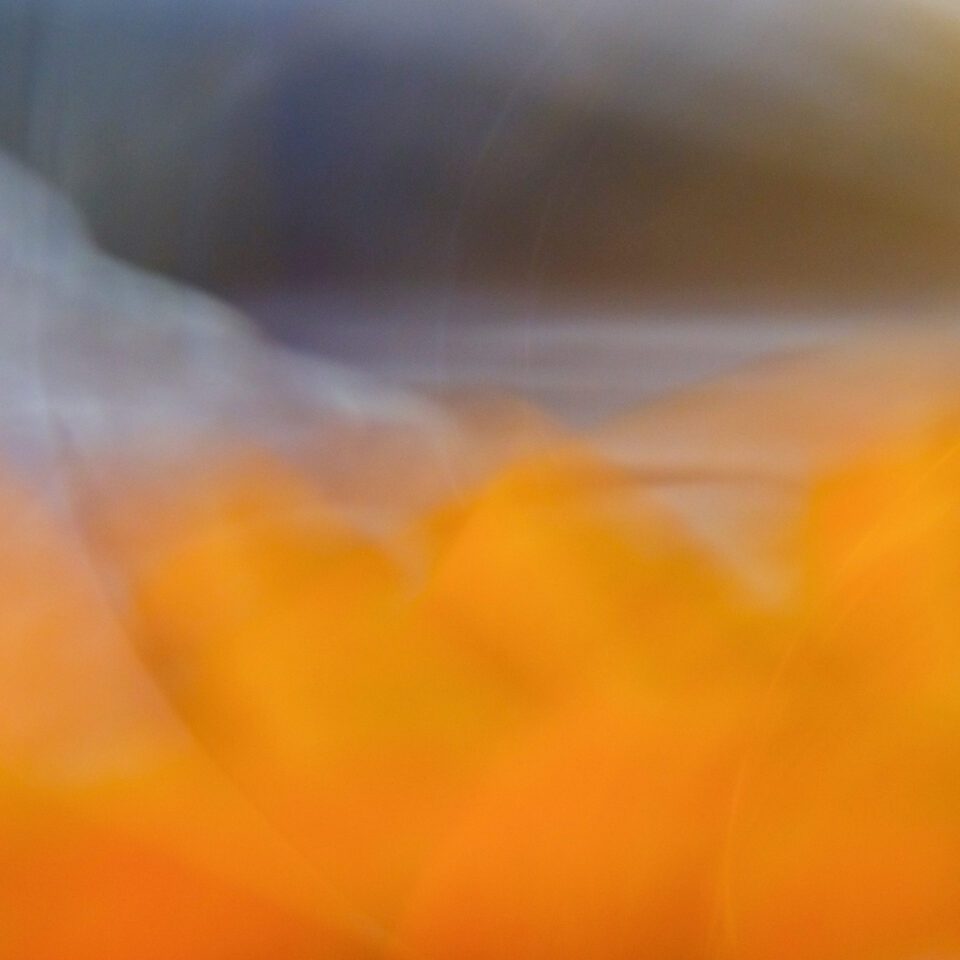
A: How does this allow you to look at your everyday life in a new way?
NT: Well, maybe there is another aspect to my photo process. As a professional photographer, you take several photos of a situation and later, when you look at them, you choose the one that best reflects the desired mood, as you would in a photo shoot, for example. However, the photos only show variations of the model photographed, in a different pose or taken from a different perspective.
My photo technique produces many different abstract photos that have nothing to do with the real subject. They represent completely unique variations of the photographed situation. Again, I choose the photo that I feel best represents the mood.
But by choosing a picture of these abstract variants, I decide to give more importance to this one aspect in particular, which has manifested itself in this one variant, than to the others. It becomes a conscious part of my reality.
And this intuitive but selective process of choice is something that I have become more aware of in my everyday life. Because in the hidden parts of reality there are many nuances of possibilities. They float, so to speak, in the subliminal world of ideas, thoughts and feelings and only reveal themselves at the moment when they become words, deeds or images. Only by giving relevance to certain aspects of reality do they become reality.

A: By dissolving the contours of your subjects, how does this allow you to show hidden worlds?
NT: This is really one of the most difficult questions to answer. In the last two years, which I mainly spent at home, I was able to observe the way I worked: compared to before, my motifs were now reduced to everyday objects.
Sometimes I photographed them and pictures came out that were interesting and sometimes the pictures were just blurred. I could have walked past an object days and weeks, without it saying anything to me, and at some point an impulse came and then I had to photograph the object. And a little later, when I passed the object again, I wondered what could have triggered the impulse because the object was totally uninteresting again.
I realised that the interesting pictures had only been taken when I had reacted to a given situation. It didn’t work if I arbitrarily arranged everyday objects to photograph them. So it had to have something to do with the situation I was photographing, not the objects or the subjects.
It obviously had something to do with moods that were in the room in that situation. These were clearly coming from within me, because I was now alone in the flat. So my moods played the decisive role in whether a picture was interesting, while the objects only served as a reflection surface.
For a while I thought that my pictures were successful if they were figurative. But then I realised that the pictures spoke for themselves, even if they weren’t figurative. I found themes within them that had to do with my own sensitivities on the one hand, but also themes of external influences such as illness, war, the refugee crisis or climate catastrophes. Themes that were highly relevant on the outside and continued to work within me.
This surreal experience led me to discover that the RCM technique is about making hidden worlds visible. The photograph is created in the exact fraction of the moment in which the motif is detached from its material reality and at the same time my intuition is in contact with invisible levels of reality.

A: How does this ambiguity appeal to you?
NT: Well, on the one hand it’s this exciting aspect of being able to connect with parts of an invisible world through photography, and on the other hand the aspect of how these parts from the unknown world work in my pictures.
It’s not the case that I always understand the pictures at first glance. They are abstract images that do not communicate through the mind, but appeal to emotion. That’s why it’s not about discovering anything figurative in the pictures, but rather I have the feeling that the idea of an emotion is communicated in the pictures. And then the same process happens as I described earlier with the effects on everyday life. By giving relevance to thoughts and feelings while looking at the pictures, they can manifest themselves and turn possibilities into reality. I find that exciting.
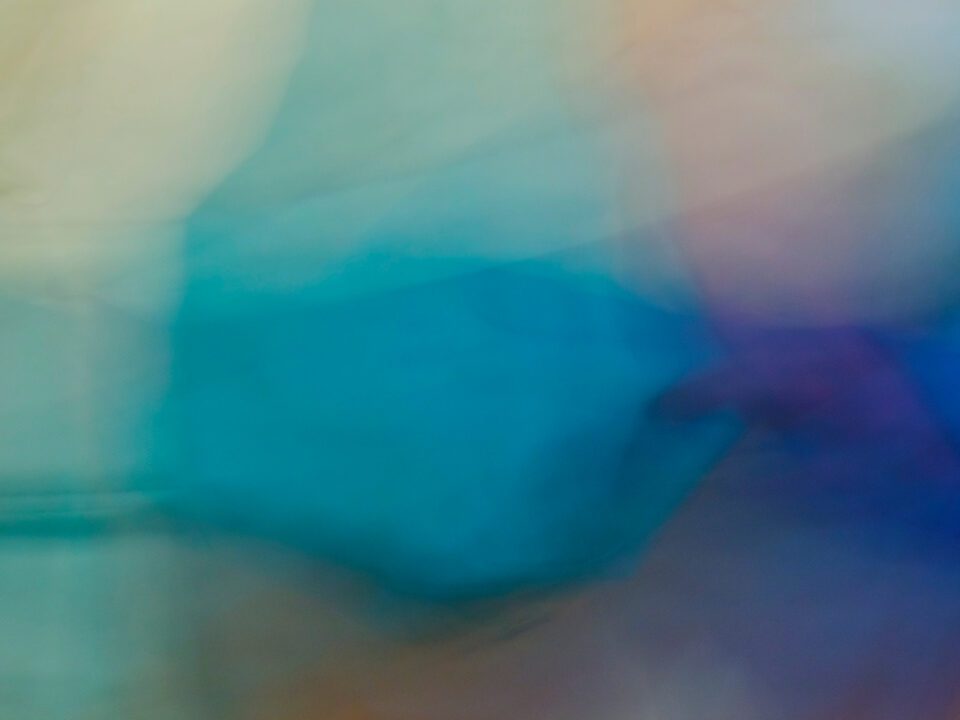
A: Tell me about the importance of light when creating situational moods.
NT: There are several aspects where light plays a role. Technically, the RCM technique makes the colours brighter or more milky, which may have something to do with additive colour mixing. In practice, it means that I usually have to add a little more contrast and saturation to my pictures afterwards, or that I have to work with reduced EV while I am shooting. I also need a longer exposure time so that the contours can dissolve, and I get that by reducing the amount of light, either by shooting in dim light, working across the aperture or even using ND filters, as in the sea pictures I took in 2019 during the day in full light.
By breaking up the contours, light and colours take on a greater importance over the subjects. The light and colours also communicate more strongly through emotion than through the mind, and can thus convey moods better.
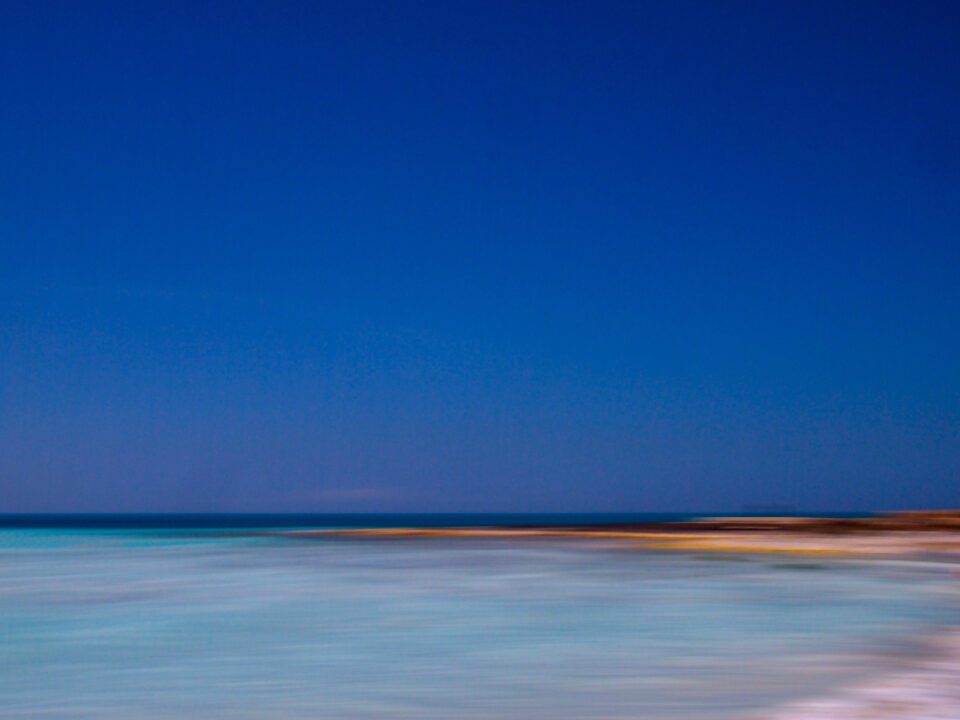
A: What materials are you currently exploring for future photographs?
NT: I’m experimenting with black and white photography and the RCM technique. But it’s not yet possible for me to produce the results I imagine or would like to achieve.
I think black and white photography works differently from colour photography – you have to pay more attention to light, shadows and contrasts, and know which colour produces which shade of grey, so that you don’t end up with a grey soup.
Converting a colour negative into a black and white photo also produces different grey tones and contrasts than a black and white photo taken from a black and white negative. This difficulty also exists in digital photography because most cameras are colour cameras. So I think I will have to wait a while until I can afford a real digital black and white camera to get satisfactory results.
A: How has your background in analogue documentary, landscape and portrait photography informed the Metamorphose series?
NT: During my analogue times, I only had a limited number of film rolls with me. This trained me to intuitively grasp the particularity of a situation in order to tell it in a picture. My goal as a documentary photographer was and still is to depict the world as it appears to me in its complexity. Portraits of people or societies, impressions of nature in the form of landscapes, plants or rocks, architectural or street photography: it’s the complexity of a situation that creates the tension in the picture. And it’s the stories behind the motifs.
Even everyday objects with their textures, colours and compositions, which are generally not perceived, have this fascination for me in their abstraction. They tell their stories, only quieter. This intuitive listening to the intermediate tones has influenced my metamorphosis photography.
From documentary, landscape and portrait photography I also carry over the knowledge that it makes a difference whether the subject is stereotypically depicted, often presenting a rather boring and empty façade, or whether the subject has something archetypal, thus carries a secret or riddle that is exciting to decipher.
We often prefer the stereotypes because we find familiar things there without having to make an effort to discover the nuances and thus the idea behind the archetype. In this sense, the metamorphosis pictures are also a continuation of my documentary visual language, which has become increasingly abstract over the years.
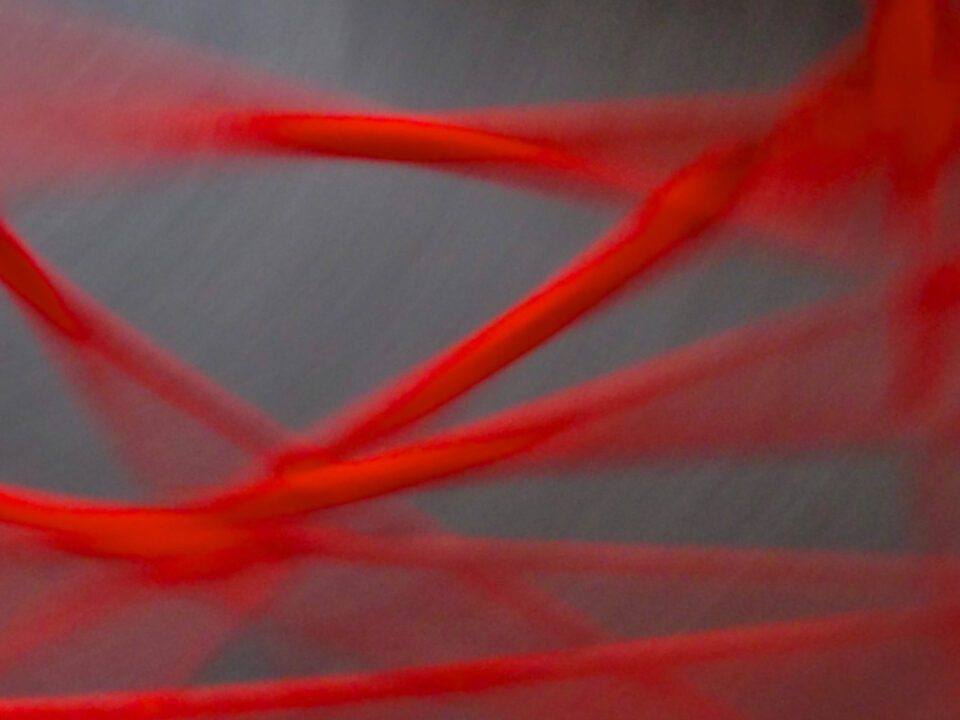
A: How does the series differ from, for example, the Transformation von Natur series?
NT: The nature pictures were taken with the ICM technique (Intentional Camera Movement). In contrast to the RCM technique, you can still recognise the subjects. That blurred pictures can sometimes show more of the mood of the scene is something I already noticed in my analogue times.
Back then, when sorting out blurred photos, I noticed a picture that despite its blurriness seemed to reflect the atmosphere of the situation more atmospherically than the sharp photos. Even then, I tried to recreate this effect with analogue technology, but it was only digital technology that enabled me to assess the result directly on the spot, make changes and experiment until I achieved the desired result.
The difference with the metamorphosis pictures is also that I consciously perceive the mood in the ICM pictures and use the technique to bring out this mood in the photos. When I compared the RCM technique with abstract expressionism earlier, the ICM pictures seem to me to be a form of impressionism.

A: Have you been able to immerse yourself in nature over the past two years?
NT: My focus in the last two years has clearly been on the RCM technique. However, I have taken sea photos that reflect my preoccupation with philosophical questions.
They differ from the previous impressionistic photos in that they also emphasise more the individual moment during the shooting than the mood in general.
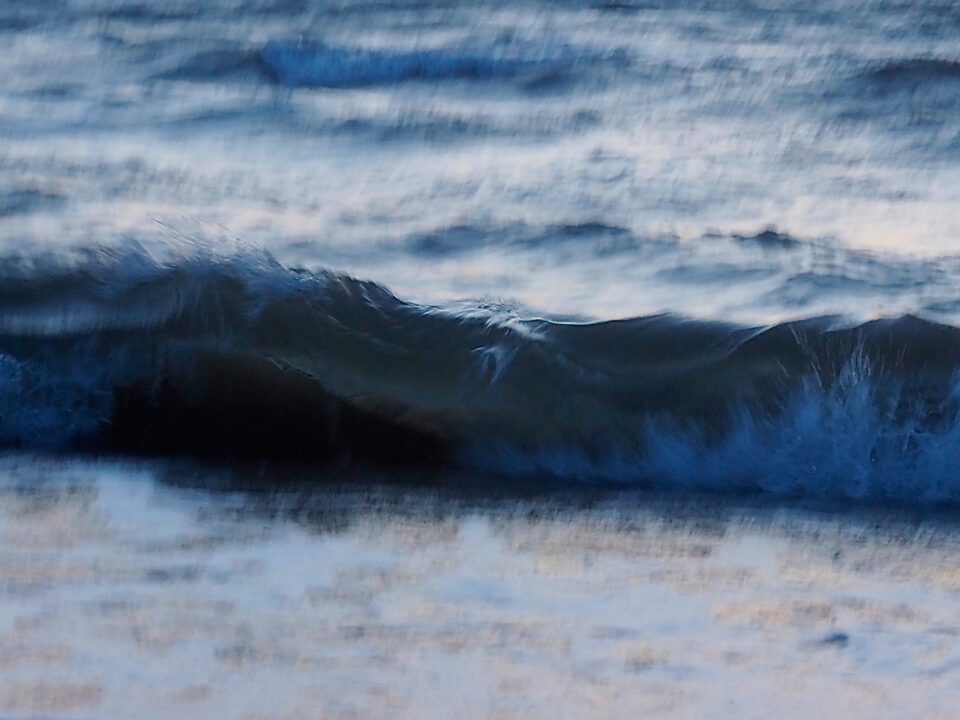
A: How has Covid-19 affected your art practice?
NT: The deceleration caused by the pandemic has given me the opportunity to deal more with philosophical issues and questions: what is life, what is reality, what is truth, what is religion, what part do we have in shaping our reality and what is the importance of communication in our perception of life?
I first became aware of the importance of the presentation and reception of information through Covid-19. According to which criteria do we give information the right to determine our perception of reality? What unknown parts of us contribute to our belief in certain information? And how aware are we of how corporations use their media capabilities to manipulate us? What thoughts, feelings and ideas become reality by us speaking out? And what potential, in turn, can communication have when we consciously offer hopeful ideas the opportunities for realisation.
These questions in their tragic scope in the form of media censorship and interpretation of history can unfortunately be observed more intensely in the war in Ukraine. It does not only concern the war however, but also other explosive issues such as racism and climate change. Communication seems to be more important than ever, because it means giving other ideas and opinions more space and justification in one’s own life, and thus giving the opportunity to reconsider one’s own ideas and opinions. It is not a retreat into speechlessness that changes the world, but new ideas and thoughts – and communication of them.

A: Do you think you will work on portrait photography in the coming years? Would you use the same photographic techniques to communicate the complexity of the human experience?
NT: A portrait is a mixture of self-portrayal, artificial staging and character study. However, the photographer’s focus is always on the sitter. If I were to take a portrait of a person with my technique, it would be a conscious act, similar to arranging objects as I described earlier.
My photography, to the best of my understanding so far, arises from my intuition. Focusing on intuition doesn’t work. Intuition needs freedom to develop, sometimes even boredom to even open the channel to the hidden world of possibilities and ideas in our busy world. In this respect, I think it would be very difficult to make portraits specifically with this technique.
A: Tell me about your current group exhibition 3 > 2 at Galerie Hafemann, Wiesbaden. How has the experience of this exhibition been different from your previous exhibitions?
NT: This is the first time I am presenting my photos as part of such a large group exhibition. A total of 27 well-known artists are represented in the exhibition, each with three works of art. The artists come from very different directions such as painting, sculpture, installation or conceptual art.
The exchange with them about the different working techniques has added a new perspective to my view on my photos, namely to look at the material result. As the photos tend to be assigned to painting rather than photography in terms of appearance, I was “envied” for shading and colour gradients that are difficult to produce by painterly means.

A: What are your plans for the rest of 2022? How do you think your practice will evolve over the next five years?
NT: It’s difficult to say, because I can’t create projects and then work them out, as I would with conceptual art. Documentary photography is less acting than reacting. In the near future, however, my focus will certainly shift more from visual perception to intuitive perception. In other words, instead of photographing with my eyes, I will photograph more with my feelings.
How my artistic work will continue to develop in the next few years, I would like to answer in the same way as I observe it in my art: that reality follows attention.

All images courtesy of Natalie Truchsess.
The work of Natalie Truchsess appears in the Artists’ Directory in Issue 105 of Aesthetica. Click here to visit our online shop.



